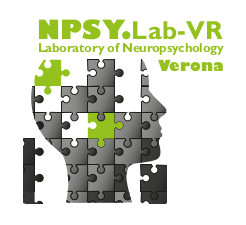Authors:
Scandola M, Aglioti SM, Avesani R, Bertagnoni G, Marangoni A, Moro V.
Abstract
Embodied Cognition Theories (ECT) postulate that higher-order cognition is heavily influenced by sensorimotor signals. We explored the active role of somatosensory afferents and motor efferents in modulating the perception of actions in people who have suffered a massive body-brain disconnection because of spinal cord injury (SCI), which leads to sensory-motor loss below the lesion. We assessed whether the habitual use of a wheelchair enhances the capacity to anticipate the endings of tool-related actions, with respect to actions that have become impossible. In a Temporal Occlusion task, three groups of participants (paraplegics, rollerbladers and physiotherapists) observed two sets of videos depicting an actor who attempted to climb onto a platform using a wheelchair or rollerblades. Three different outcomes were possible, namely: a) success (the actor went up the step); b) fail (the actor stopped before the step without going up) and c) fall (the actor fell without going up). Each video set comprised 5 different durations increasing in complexity: in the shortest (600ms) only preparatory body movements were shown and in the longest (3000ms) the complete action was shown. The participants were requested to anticipate the outcome (success, fail, fall). The main result showed that the SCI group performed better with the wheelchair videos and poorer with rollerblade videos than both groups, even if the physiotherapists group never used rollerblades. In line with the ECT, this suggests that the action anticipation skills are not only influenced by motor expertise, but also by motor connection.
